The Art of Insects
- Serene
- May 17, 2022
- 2 min read
Updated: May 19, 2022
The Art of Insects

There are many adjectives to describe insects: Interesting, essential, unusual, but they are also some of the most universal images throughout art history and across many cultures. One of the oldest known examples of insect art is an 14,000-year-old engraving of a cricket carved into a fragment of bison bone found in a cave in southern France. Indigenous people are great observers of the natural world. Insects became part of their cultural and spiritual stories. The art of cultures as varied as Ancient Greece, China and Japan includes bees, butterflies, crickets, cicadas and dragonflies. Images of scarab beetles are prominent in the religious art of ancient Egypt, and the Navajo often created symbolic sand paintings of blowflies, cicadas, corn bugs and dragonflies. In other parts of the world, insects, most often honeybees, are shown in ancient rock art. Australian Aborigines often represented totemic insects in cave paintings and ritual objects. Medieval Illuminated Manuscripts and botanical drawings were abundant with insect imagery. During the Middle Ages, Leonardo Da Vinci, who was a keen observer of nature, referred to his drawings of dragonflies to inspire some of his theories of flight.
Moth larvae, bees and beetles have provided silk, wax, dyes and other art media. Shellac, derived from the resinous secretions of the female lac bug, has been used for more than 3,000 years. Carmine, a brilliant crimson dye derived by crushing up cochineal bugs and used by the Aztecs and Mayas, was a valuable commodity in 16th century Europe. Rembrandt and other Dutch master painters often featured the color within their luscious still life paintings the along with flowers and fruit, often featured insects.
The value of bees is widely acknowledged, and beeswax is the traditional ingredient of encaustic painting, practiced in ancient Greece and Rome. The tradition continued to modern times in the works of James Ensor, Diego Rivera, and Jasper Johns. Images of insects appear in the art of such diverse artists as Vincent Van Gogh, Andy Warhol, Salvadore Dali, Pablo Picasso, Louise Bourgeois, Edgar Degas, Joseph Beuys, and Kiki Smith. Artist Christopher Marley uses actual insects to create his beautifully executed homage pieces. The most frequent use of insect inspired design can be found in contemporary architecture. Many artists and scientists are collaborating on the designs and structures of insects to create more efficient and sustainable communities and dwellings for the future.
WEDNESDAY CLASS
Our lesson this week just happened to coincide with units on insects that several of the students are doing in their classes at school. We looked at a variety of images of insect inspired art and design. They enjoyed the added element of art to what they were learning about the habitats and other aspects of insects. For this lesson they used watercolor pencils and watercolor crayons. They had a variety of insects to select from and could choose their own interpretation and environment to place them in.
SATURDAY 10:00 CLASS
SATURDAY 12:30 CLASS
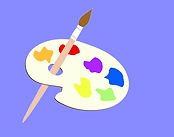


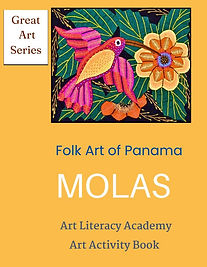









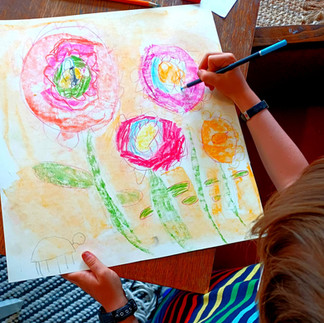













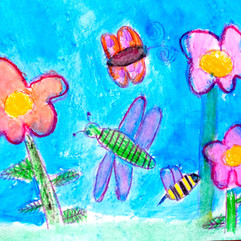








































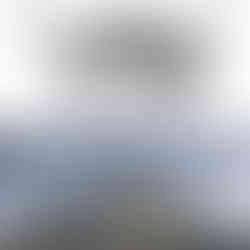



Comments